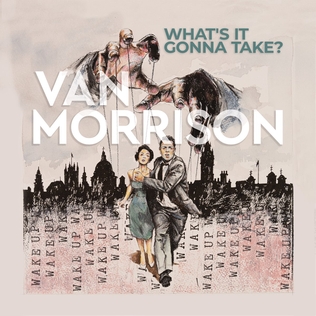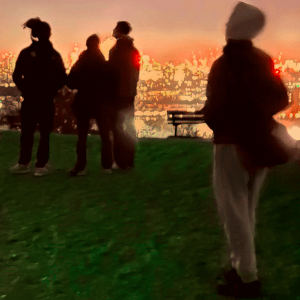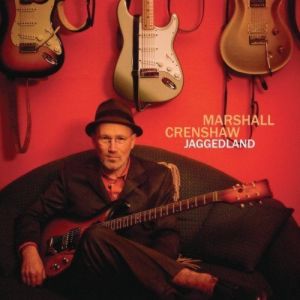 Clearly still miffed about Covid, Van Morrison followed up the two-hour diatribe that was Latest Record Project with another 80 minutes of biased ranting from the Irish equivalent of a MAGA nut. It should be telling that the only positive review of What’s It Gonna Take? by a major news source came from the National Review.
Clearly still miffed about Covid, Van Morrison followed up the two-hour diatribe that was Latest Record Project with another 80 minutes of biased ranting from the Irish equivalent of a MAGA nut. It should be telling that the only positive review of What’s It Gonna Take? by a major news source came from the National Review.“Dangerous” seesaws over two chords for over seven minutes, livened up only by a fiddle solo. The title track is catchy, but for the angry lyrics, and “Fighting Back Is The New Normal” makes its point over a cheesy organ. “Fodder For The Masses” is well arranged, down to the middle eight and the backing vocals, but doesn’t understand the irony of calling out “fake news”. The more meditative “Can’t Go On This Way” could easily be tweaked to be more about general heartbreak than all the ways he’s been inconvenienced, but “Sometimes It’s Just Blah Blah Blah” is just plain insulting, especially when he tries to drown out the doo-wop vocalist over the end. “Money From America” (as in no more) doesn’t even bother to find a melody.
“Not Seeking Approval” wastes its Motown beat by rhyming the title with “business as usual”, and “Damage And Recovery” rehashes all his beefs from the title track, livened only by his saxophone solos. “Nervous Breakdown” is just plain odd, as he introduces all the instruments one by one in a cartoony voice, then equates his condition with having “some kind of breakthrough”. It makes the piety and plea for unity in “Absolutely Positively The Most” all the more incongruous. We’d like to believe him when he insists “I Ain’t No Celebrity”, and he bemoans his own fame in “Stage Name”, and then “Fear And Self-Loathing In Las Vegas” finds him muttering to himself while killing time between gigs. While it’s a little repetitive, “Pretending” is by far the best song here, and the most universal.
Everyone is allowed their own opinions, of course, but until the end of the album, What’s It Gonna Take? doesn’t vary from the chosen theme enough to strengthen his arguments. We don’t want to listen to Neil Young yell about electric cars or Monsanto for the length of an album either. It’s just tedious.
Van Morrison What’s It Gonna Take? (2022)—2





